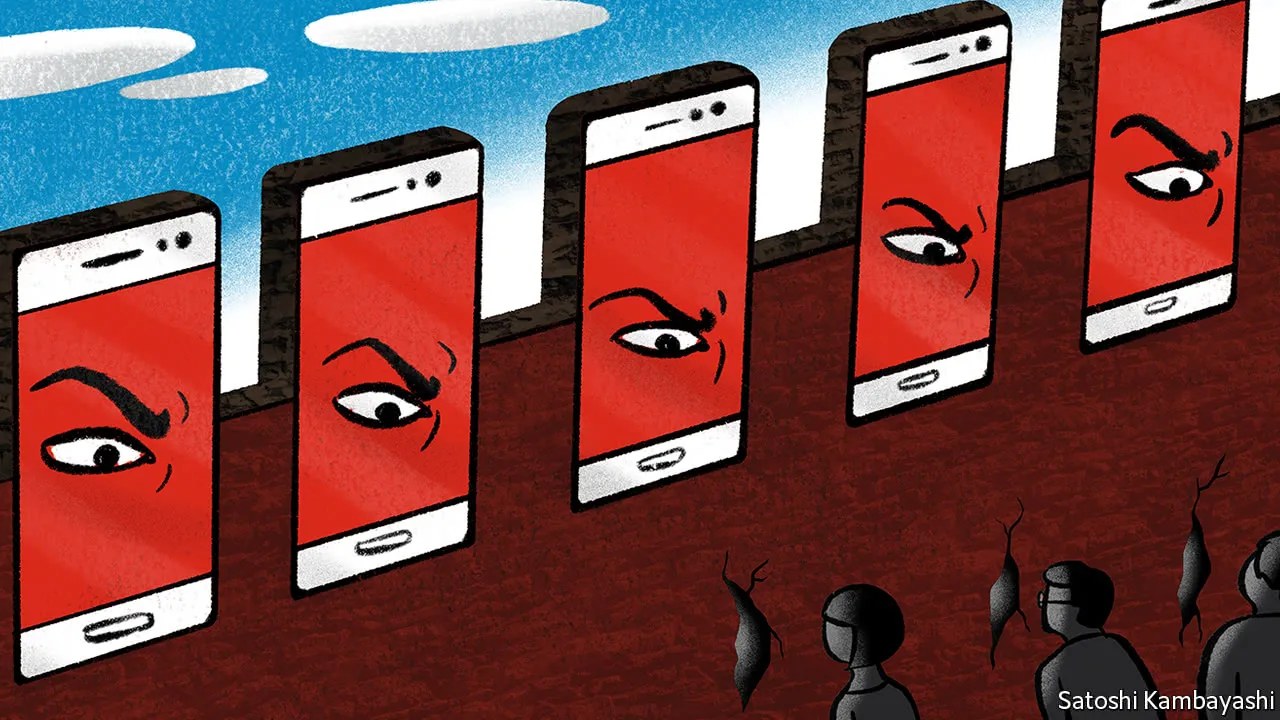“Navigating Digital Boundaries: The Intersection of Iran’s Internet Censorship and China’s Great Firewall”

In the intricate landscape of global internet censorship, an intriguing phenomenon has emerged—the apparent integration of China’s Great Firewall technology into Iran’s existing system of digital control. This article delves into the distinct dynamics of Iran’s adoption of China’s Great Firewall, shedding light on the implications for digital freedom in the region.
China’s Great Firewall: A Primer
China’s Great Firewall, officially known as the Golden Shield Project, is a multifaceted system designed to monitor and regulate internet traffic within the country’s borders. Employing advanced technologies such as DNS filtering, IP blocking, and deep packet inspection, the Great Firewall is a formidable tool used by the Chinese government to restrict access to specific websites and control the flow of online information.
The Controversial Integration in Iran
Recent discussions and reports suggest a noteworthy development—the potential integration of China’s Great Firewall technology into Iran’s own internet censorship apparatus. While Iran has historically maintained its system for online control, the increasing similarities between the two nations’ censorship practices raise questions about collaboration or independent adoption.
Analyzing the Technological Landscape
The extent of Iran’s utilization of China’s Great Firewall remains a topic of debate. Is this a shared endeavor, or has Iran independently incorporated elements of the Chinese censorship model? Scrutinizing the technological infrastructure and censorship strategies employed by both nations may provide insights into the nature of this cross-border collaboration.
Digital Freedom at Stake
The adoption of China’s Great Firewall technology by Iran carries substantial implications for digital freedom in the region. Concerns loom over the potential escalation of censorship capabilities, limitations on online content access, and the impact on individuals’ ability to freely seek and share information. As Iran draws inspiration or collaborates with China in the realm of internet censorship, the consequences for the digital rights of Iranian citizens become a critical focal point.
Resistance and Challenges
In the face of evolving censorship, internet users, activists, and technologists in Iran confront the ongoing challenge of circumventing restrictions. Technologies such as Virtual Private Networks (VPNs) and other privacy-preserving tools become crucial elements in the arsenal against digital control, allowing users to navigate around censorship and access restricted content.
A Glimpse into the Future
The narrative of Iran’s adoption of China’s Great Firewall technology provides a unique lens through which to examine the global dynamics of internet censorship. As nations collaborate or draw inspiration from each other’s censorship methods, the future of digital freedom on a global scale remains uncertain.
In conclusion, the intersection of Iran’s internet censorship with China’s Great Firewall underscores the interplay between distinct political and cultural contexts in the realm of digital control. This integration prompts reflection on the broader implications for information accessibility and the ongoing struggle for digital freedom in regions where internet censorship prevails.
